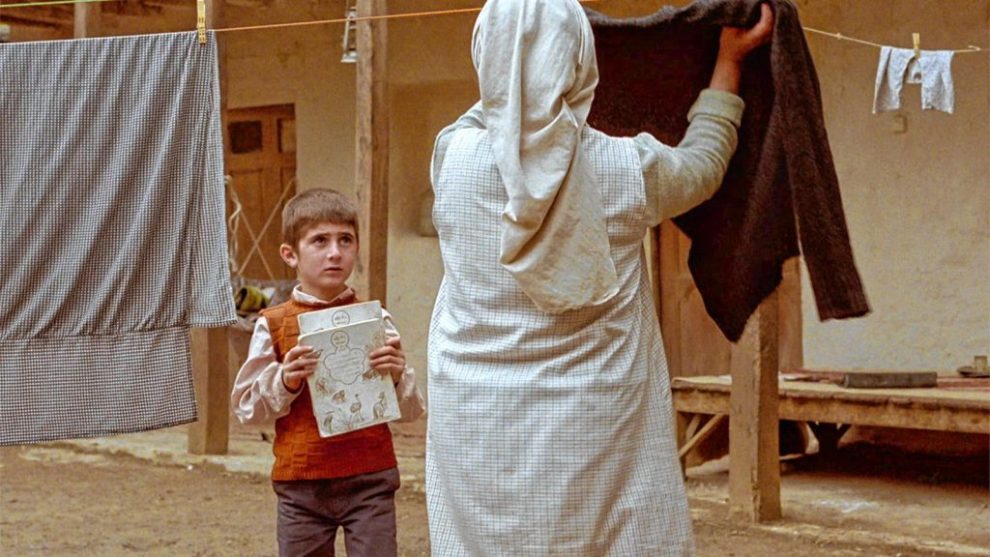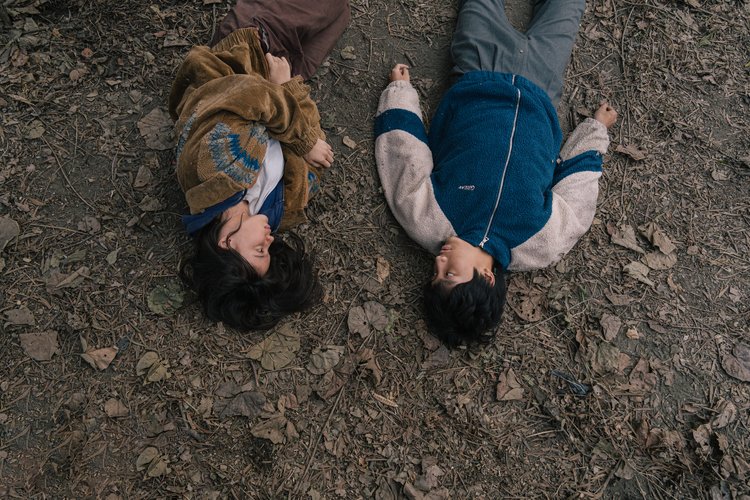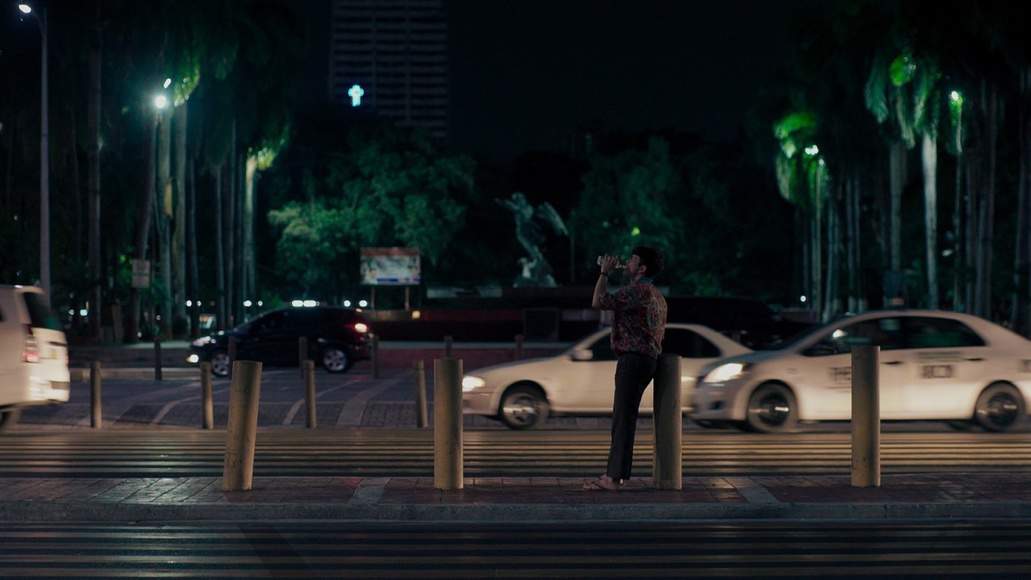When Iranian director Abbas Kiarostami received the script for “Where is a Friend's House?” in 1986, he had already made a number of features for Iran's Center for Intellectual Development of Children and Young Adults, which he headed at the time. The majority of these works consisted of didactic tales preaching simple truths about life, school and the state, whereas this new story showed some potential to go beyond. Eventually, “Where is the Friend's House?” was Kiarostami's first movie to receive acclaim internationally and started what is now known as the “Koker”-trilogy, a series of films set in the Iranian village of Koker, around two hundred wiles away from the nation's capital.

Koker and the surrounding villages are also the home to Ahmad (Babak Ahmadpour) and his classmate Mohamad (Ahmad Ahmadpur), who both attend elementary school. One day, after the form teacher scolded his friend for having done his homework in the wrong notebook, Ahmad tries his best to calm down Mohamad after school, but as he returns home, he realizes he has made a fatal mistake. Since both their notebooks look the same, he has put both in his rucksack and asks his mother to allow him to visit his friend's home in the nearby village so that Mohamad can do his homework and will not be scolded again. However, because his mother believes her son to search for an excuse not to do his work, Ahmad finally takes the opportunity to see his friend when he is sent to buy bread for dinner.

But the search for the home of his friend's family proves quite difficult. Most houses look the same and many people carry the same family name, not to mention the fact several villagers give the boy false or misleading information about the location of the house. As Ahmad finds himself in the maze that is the village, with the sun slowly setting, he realizes he might never find his friend's house.
While his most notable works, “The Taste of Cherry” or “Ten”, are quite open in their criticism of the state, religion and society, in the case of “Where is the Friend's house?” the devil is in the detail, as the saying goes. Kiarostami's young protagonist finds himself entangled in the adult world, a net defined by various duties, hierarchies and obligations, which many of the people Ahmad runs into openly abuse to prove their status. The repeated image of him running the path up the hill towards the village, is perhaps the most fitting, and quite ironic metaphor within the story, turning Ahmad into something like a young Sisyphus, whose task is made nearly impossible by those with authority giving him wrong or misleading advice. Besides the performance of his young actor, there is also Farhad Sabas' cinematography, highlighting the growing sense of desperation and helplessness of the situation.
As with many features of the director, the nature of the landscape is meant as an allegory. Apart from emphasizing the protagonist's situation, as explained before, it is also a mirror of an absurd system. Each authority Ahmad meets on the way, his mother, his teacher or his grandfather, make matters worse by presenting their information or advice as the one he should follow, not knowing about the inherent contradictions and mixed messages, thus creating an absurd dilemma for the child. Within this chaotic system, there is no good and bad, since Ahmad is to blame either way, disobeying one of the several authorities, a concept Kiarostami presents using a quite minimalist, and yet quite effective approach. In the end, he manages to tell a story about one of the most profound dilemmas you can think of: the conflict between your obligation towards your friend and to the system.
In conclusion, “Where is the Friend's House?” is a tale about authority, duty and friendship. As with all the features of the “Koker”-trilogy, Abbas Kiarostami uses simple means and the landscape to give his viewer an insight into the troubling world of the young protagonist, a labyrinth of tasks and commitments which he seemingly is trapped in.















